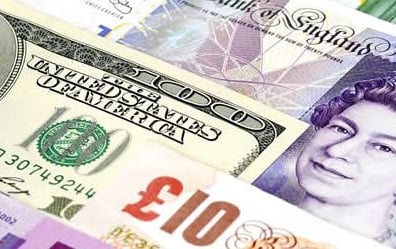Asian stocks joined the party early Wednesday, as a modest relief rally sent equities higher on both sides of the Atlantic on Tuesday for the first time in three days after Britain voted to leave the European Union. The rally was supported by pound and oil recovery, along with optimism that central banks will execute actions to stem the fallout.
S&P 500 has its best day in three months adding 35.55 points, and the tech-heavy Nasdaq Composite closed 2.12% higher, while government bonds retreated with the yellow metal indicating that investors are pulling out from safe havens towards riskier assets.
On the data front U.S. GDP growth was revised 0.3% higher to 1.1% in Q1. Exports and software spending were the major contributors to the upward revision adding in a total of $20.3 billion to the second reading, however, on the negative side, consumer spending which makes up two-thirds of the U.S. economy was revised down by $11.3 billion. With only two days until the end of the second quarter this lagging indicator has a negligible impact on the markets as investors look forward to the second quarter reading which has likely gained momentum if we take into consideration the recent improvement in U.S. economic data.
Federal Reserve Governor Jerome Powell was the first Fed official to comment after the Brexit vote, stating that the Brexit vote has the potential to create new headwinds for economies around the world, including the U.S., and that the possible loss of momentum in job growth is worrisome. His comments come in parallel to the markets’ skepticism towards an interest rate hike, as investors are no longer pricing in a rate increase in 2016; instead predictions of a rate cut are building in momentum with more than 7% seeing it coming as soon as September.
Advertisement
The most common question I’m receiving nowadays is whether it’s time to buy risk assets after the huge selloff. Unfortunately, there’s no simple answer to this question, and the only thing I know for certain is volatility will remain for an extended period of time as long as there’s no clear path on how the U.K. is planning to exit the EU. But here’s three indicators on my watch list for hints about short-term market direction.
- The key indicator has turned out to be the pound movement as its becoming the proxy for risk appetite/aversion in the short run.
- Oil prices will also provide some guidance to equities, and stabilization around $50 will be considered positive.
- Government bond yields, specifically the U.S.10-year bond, will explain investors behaviour, after the 10-year government yields in Germany, Japan, France, and Switzerland all set new record lows on Monday.
For more information, please visit: ForexTime
Sayed is chief market strategist at FXTM
Advertisement






